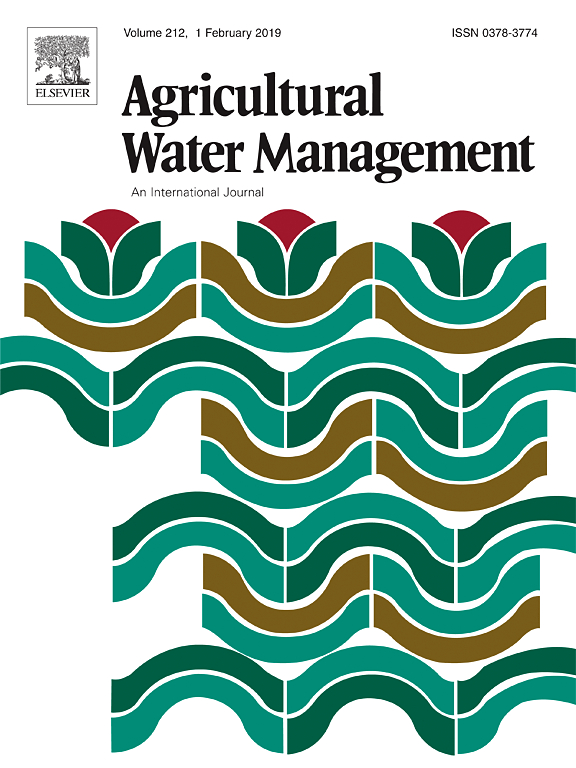This study tested the hypothesis that deciduous (Paulownia fortunei) (Hemsl.) and semi-deciduous (Alnus acuminata (HBK)) trees are less competitive with crops than evergreen species (Grevillea robusta (A. Cunn.)) due to their differing leafing phenology. Tree growth, seasonal patterns of leaf flushing and fall and effects on associated maize crops were examined. P. fortunei and A. acuminata established well at two experimental sites (Naro Moru and Thika), and basal stem diameter, diameter at breast height (DBH) and tree height were comparable to G. robusta. P. fortunei was leafless for approximately three months during the annual cycle, partly during the cropping season, providing potential benefits for associated crops. A. acuminata shed some leaves during the dry season in August and September, while G. robusta was evergreen. The presence of trees affected maize growth and yield 2.5 years after planting to an extent which depended on tree species and location. A positive interaction between A. acuminata and maize was apparent at Thika, but growth was suppressed in the first two crop rows at Naro Moru. G. robusta reduced maize yield by 36% close to the tree rows at Thika, whereas yield reductions were negligible adjacent to P. fortunei. These findings suggest there was some complementarity of resource use between A. acuminata and maize at Thika, and neutral or competitive interactions between trees and crops in all other treatments.
DOI:
https://doi.org/10.1016/j.foreco.2005.02.059
Altmetric score:
Dimensions Citation Count:
























